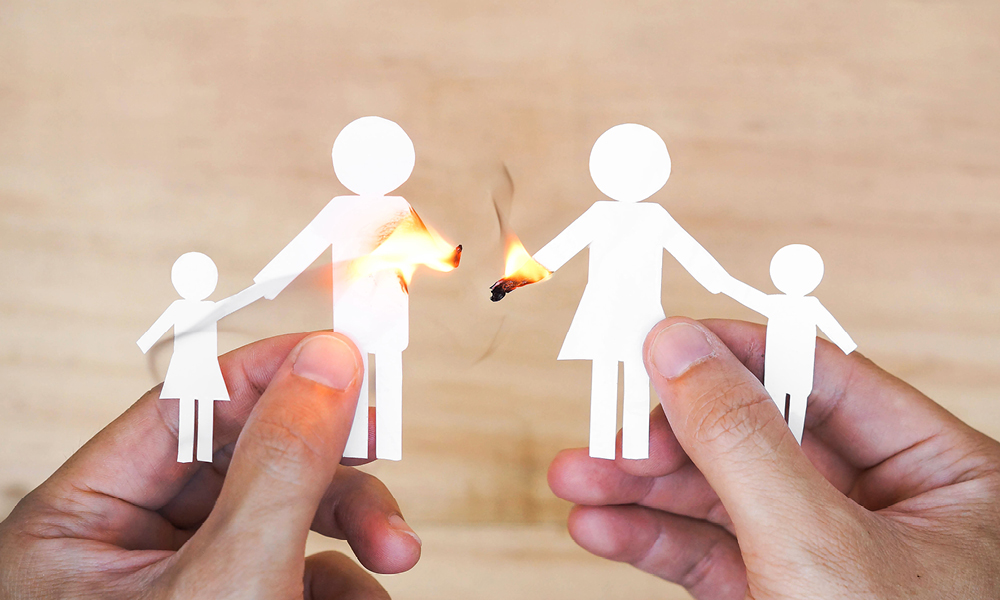This is the first article in a series looking at the practical application of dispute resolution systems and processes in the commercial world.
The challenges of conflict and disputes
I recently had the opportunity to meet an executive who was closely involved in the development of a very large, complex and ground-breaking energy infrastructure project.
The number of ‘moving parts’ in this project is enormous. Hopefully, everything will go to plan, but it is the type of project in which a lot could go wrong, notwithstanding the best efforts and goodwill of the people involved.
One of the most interesting aspects of our discussion was about how the project team can best manage and resolve conflict as and when it arises. As we all know, conflict between people is inevitable in any working environment, but how that conflict is handled can have a big impact on whether it leads to a damaging dispute.
Any organisation that has suffered the experience of litigation will have an intimate understanding of the potential costs involved – not just in terms of hard costs such as legal expenses, but other costs such as damage to relationships, reputations and lost commercial opportunities.
Alternatives to litigation
Alternative dispute resolution (ADR) processes, such as mediation, expert determination and arbitration are common in the commercial world these days. ADR processes aim to avoid disputes or to minimise the frequency, duration and severity of disputes in a controlled manner.
In addition, it’s very common to find a dispute resolution clause in commercial contracts. Often, that will involve a standard ‘cascading’ clause which requires delivery of a dispute notice, senior executive negotiation, then a mediation and arbitration or expert determination.
But how do you know that that is the right way to handle a dispute that may arise? And is it necessarily the case that all disputes should be handled in the same way? How often do organisations stop and think about what conflict could arise and plan out how it will be dealt with?
Designing ‘bespoke’ dispute resolution processes
Dispute system design (DSD) goes one step further than ADR, and looks systematically at disputes instead of treating them as isolated and uncontrollable events.
Organisations regularly analyse their operations, suppliers, customers and markets as a whole. Similarly, DSD provides a framework to identify the potential source, nature and impact of disputes, and to develop processes to resolve them in the most efficient and cost-effective way.
DSD can be used to design processes to deal with disputes within an organisation, but it can be particularly effective in business arrangements such as joint ventures or partnerships, where two or more organisations come together to pursue a common business opportunity.
There are some key principles involved in the DSD process:
Representatives from all levels of the organisation or joint business arrangement (not just senior executives) should play a role in reviewing the potential source of disputes, undertaking the design process and implementing those processes within the organisation or joint business arrangement. This will help make the dispute resolution processes more acceptable, realistic and durable across the board.
The design process itself is important – there is a focus on developing strong relationships among the participants in which they feel comfortable to engage in open communication, express opinions and give honest feedback.
The dispute resolution processes which assist the parties to resolve disputes themselves, by encouraging open dialogue, reconciling interests and finding their own solutions (such as negotiation and mediation) are preferred to processes where a third party makes a decision on the parties’ behalf, usually based on legal rights (such as litigation and arbitration).
The idea is that there is no ‘one size fits all’ and the dispute resolution system should be tailored to meet the requirements of the particular organisation or joint business arrangement.
How does DSD work?
Usually, the DSD process will take the following steps:
- First, the organisation or organisations will form a ‘design team’. This should consist of representatives from a range of levels and parts of the organisations, not just the senior managers. If there are multiple organisations involved (such as a joint venture), then there should be equal representation for each organisation, if possible.
- The design team will then meet to discuss the ‘here and now’ with the assistance of the facilitator. They will consider matters such as the nature of organisations involved, their businesses, strategic objectives, attitude to risk, types of disputes encountered in the past and the processes that have been used to deal with those previous disputes.
- Next, if the team decides that the current processes are not working or there is room for improvement (which is often the case!), the team will explore and develop new dispute resolution processes. That will include discussions about the potential sources of disputes, the people or other organisations that may be involved, the dispute resolution processes that may be available to help resolve those disputes and how those processes might be used. The role of the facilitator is to chair the discussions, ‘ask the dumb questions’, help generate options and ‘reality test’ the proposed solutions (much like a mediator does).
- Once the participants have prepared the proposed dispute resolution system, the process will first be tested on a trial basis, often in some particular part of the business. The result of the trial might show that some further work on the process is required. But if the trial is successful, the design team may decide to adopt the processes in other parts, or even the whole of, the business.
- The design team will regularly (perhaps yearly) evaluate the dispute resolution system and modify it as required. Commitment and energy are needed to establish a functional, durable and successful dispute resolution system.
By being up-front about disputes, and not simply avoiding the problems by handing them over to lawyers and litigation, DSD aims to do things a better way. Conflict can be a sign of the need for change, and DSD looks to maximise the positive aspects of what is usually considered in a negative light.
Toby Boys is a Partner at Holding Redlich and Chair of the Queensland Law Society Alternative Dispute Resolution Committee. This article was originally published on Dynamic Business.











Share this article